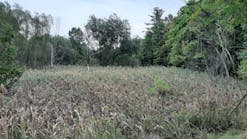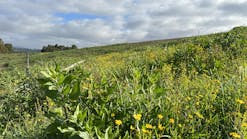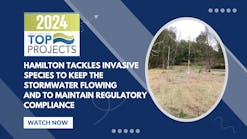Editor’s Comments: A New Way to Estimate Pollutants
We’ve reported before on tools available at little or no cost to help us do various aspects of our jobs. Digital Coast, from the National Oceanic and Atmospheric Administration (NOAA), is one of these; it’s an interactive program that helps managers in coastal areas gauge their vulnerability to flooding and to potential sea level rise under different user-specified scenarios. Another is the US Geological Survey (USGS)’s Streamer. This online tool allows users to select, on a map of the US, a stream or river and trace it upstream to its source or downstream to where it ultimately empties. It also shows stream statistics such as length, elevation at the origin point, states and cities through which it passes, and stream gages the USGS has in place for it.
Now there’s a new tool from NOAA that has a very specific purpose but wide-ranging potential. It’s called OpenNSPECT (Open-source Nonpoint Source Pollution and Erosion Comparison Tool), and its purpose is to save coral reefs that are being harmed by polluted runoff. Part of NOAA’s Digital Coast suite of tools, OpenNSPECT can be used to estimate the amount of runoff, sediment, and other pollutants that drain to coastal waters—which is actually very useful information to have even if corals are not your primary concern.
The program helps users explore how restoration efforts and changes in land use might affect runoff. Users can enter site-specific data such as land cover, soil type, rainfall, and elevation, then see how changing one aspect—the type of vegetation, say—affects the results.
But here’s one of the more interesting things to come out of early uses of OpenNSPECT: It validates a practice that erosion and sediment control professionals have been using and advocating for years. Coastal managers in Puerto Rico used the program to evaluate the effect of hydroseeding on polluted runoff. They demonstrated that hydroseeding one watershed’s highly erodible soils could reduce sediment runoff to Guánica Bay by more than 80%. A detailed report on their findings and their use of the program, published earlier this year, is available online here. In the watershed studied, hydroseeding of exposed areas was particularly effective at reducing phosphorus levels in runoff.
The report discusses the strengths of the model as well as its limitations—for example, it doesn’t factor in groundwater, and it considers only sheet and rill erosion, not mass land movement such as landslides. Still, it’s a useful tool for anyone trying to estimate the effects of urban or agricultural runoff on coastal waters, whether the goal is to protect corals, reduce eutrophication, or stop sediment plumes. The tool is available at www.coast.noaa.gov/digitalcoast/tools/opennspect.
Janice Kaspersen
Janice Kaspersen is the former editor of Erosion Control and Stormwater magazines.






